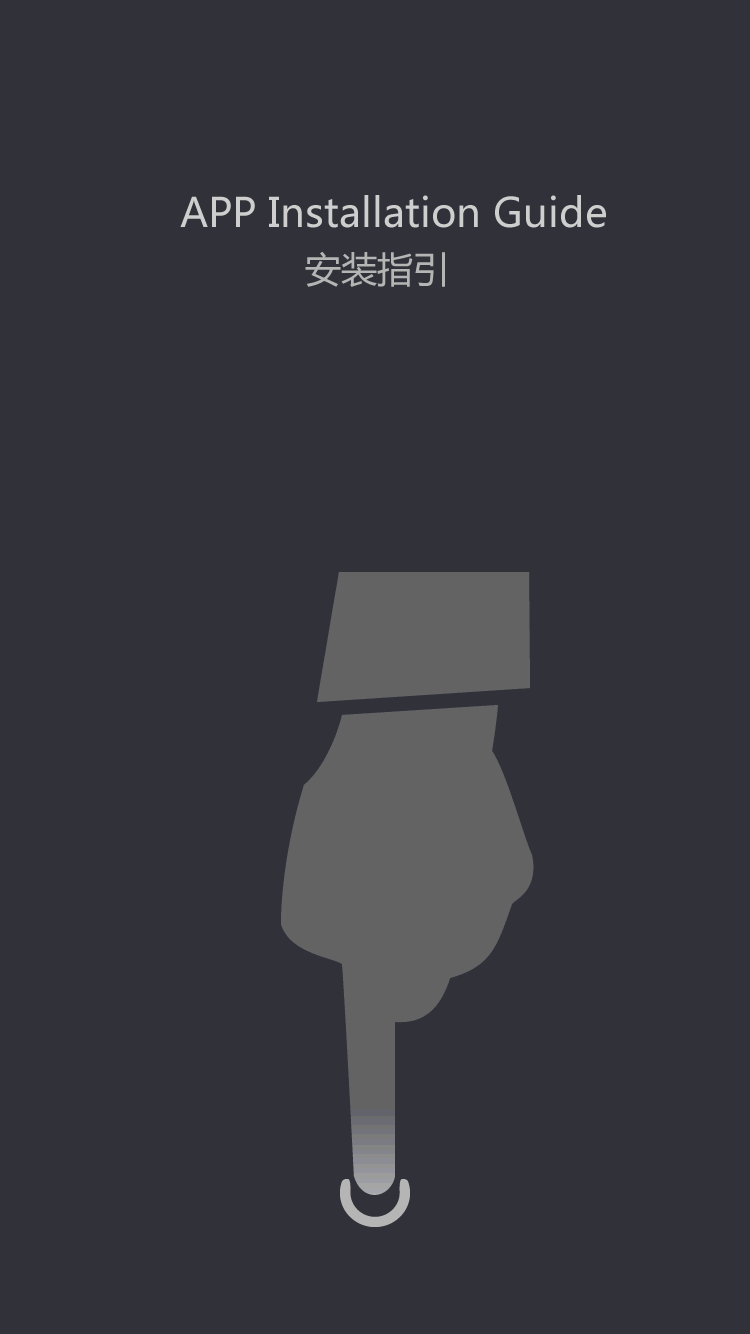Fiber Optic Supply
Sufficient extra cable is needed to permit splicing in a managed environment, usually a splicing trailer, and the storage of excess cable should be thought-about in the starting stage. Every project is different and requires some cautious evaluation of the circumstances earlier than even beginning to choose fiber optic elements and plan the actual installation.
Not only a street map or a topographical map, however satellite tv for pc photographs overlaid on roads is a lot better, like “Google Maps” can provide. Aerial installations have to be based on information of the owners of the poles and the processes essential to achieve permission to use the poles and make ready for brand new cable installations.
When installing one cable with its associated ducts or conduits, the installer provides in a number of extra ducts for future use on the route. The quantity and type of ducts is predicated on projected future makes use of however is probably a minimum of 2 to five. The requirement for additional ducts is specified within the contract with the cable plant proprietor and/or installer and the native authority typically owns the installed ducts. Future users lease duct house from the native authority and pull in their own cables.
Some of those closures is probably not absolutely sealed from dust and moisture, in which case it is suggested that the fiber connections be inside a extra protective housing to prevent future unreliability. Sometime OSP installations involve running cables across rivers or lakes where other routes are not possible. Special cables are available for this which might be extra rugged and sealed. Landings on the shore must be planned to forestall damage, typically by burying the cable close to shore and marking the touchdown. Transoceanic links are similar but rather more complex, requiring special ships designed for cable laying.
Automated pulling equipment that limits pulling rigidity protects the cables. Very long runs or these with more bends in the conduit may have intermediate pulls where cable is pulled, determine-8ed after which pulled to the following stage or intermediate pulling tools is used. Splices on underground cables are typically stored above ground in a pedestal or in a vault underground.
Underground cables are typically installed in conduit which is usually a four inch conduit with several innerducts for pulling cables. Here cables are designed for top pulling rigidity and lubricants are used to reduce friction on longer pulls.


































![[Dry Goods] how to avoid electrode rod after fusion black?](https://img5811.weyesimg.com/uploads/tumtecchina.com/images/15840915146146.jpg?imageView2/2/w/1920/q/100/format/webp)







































